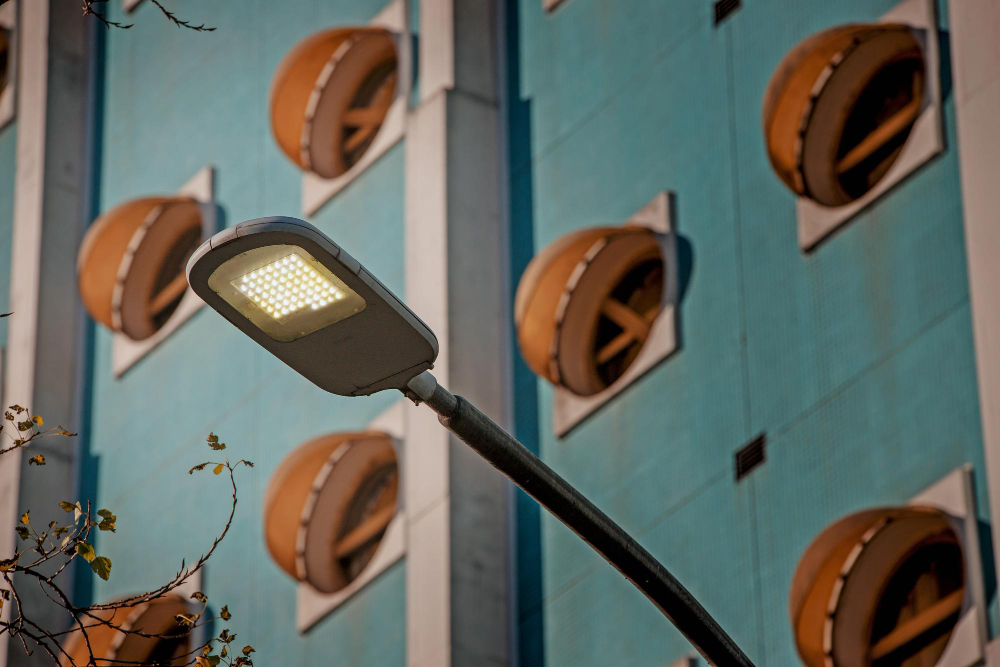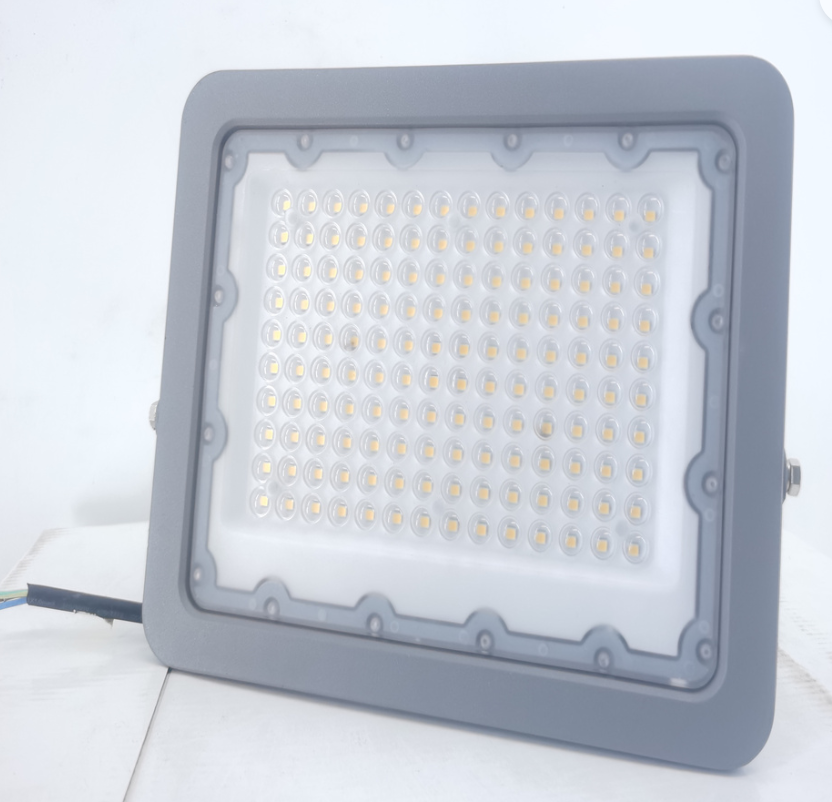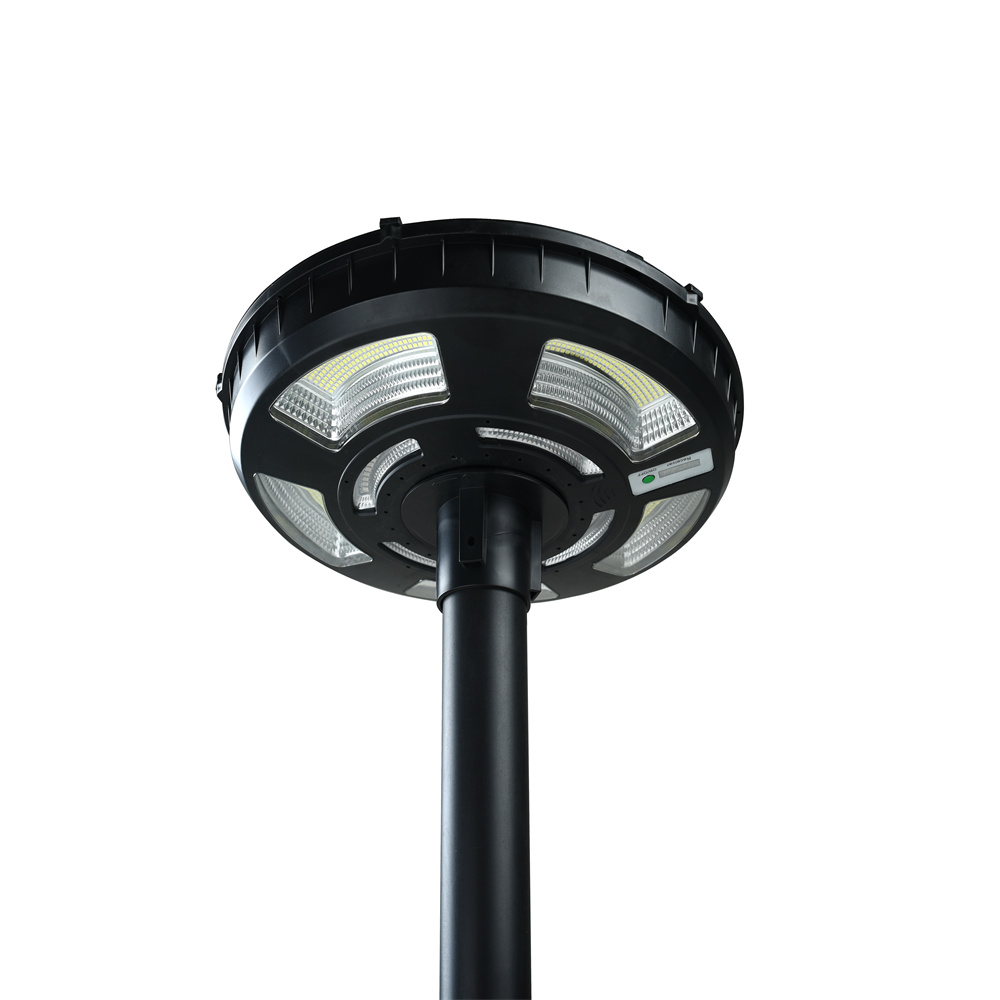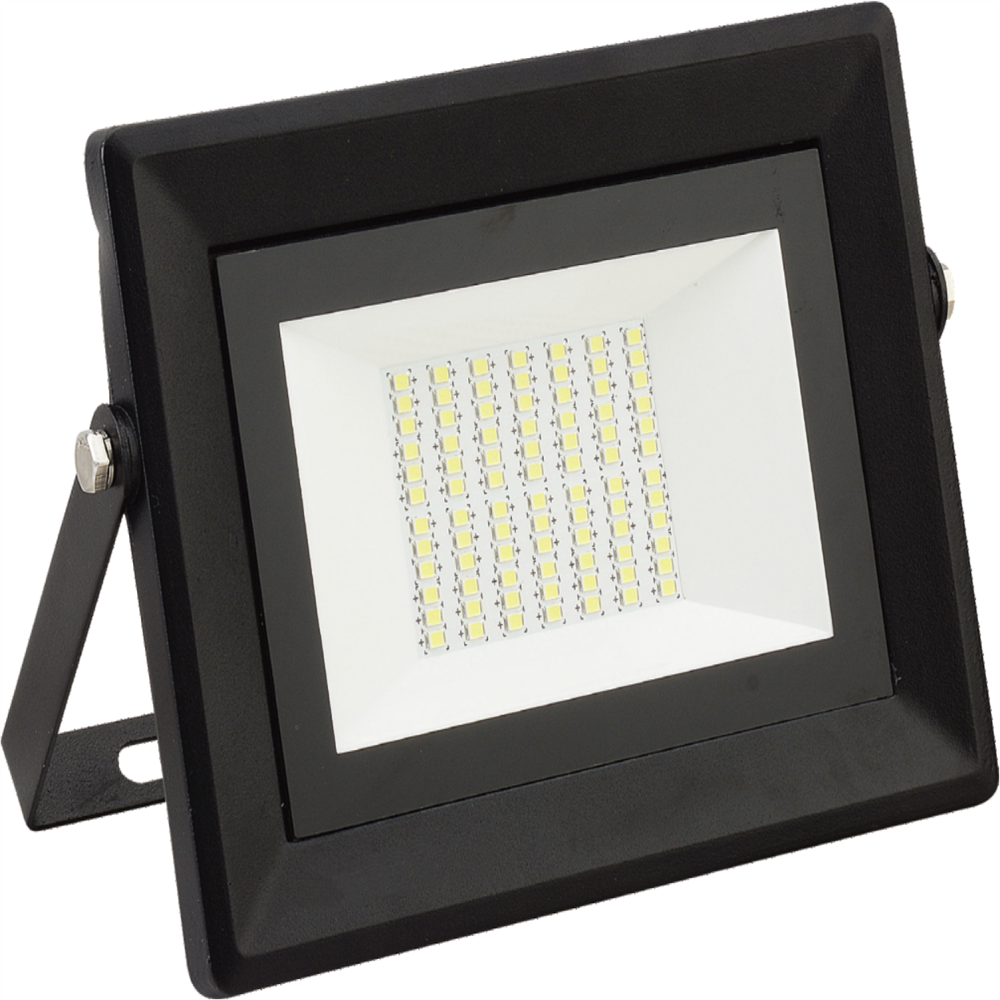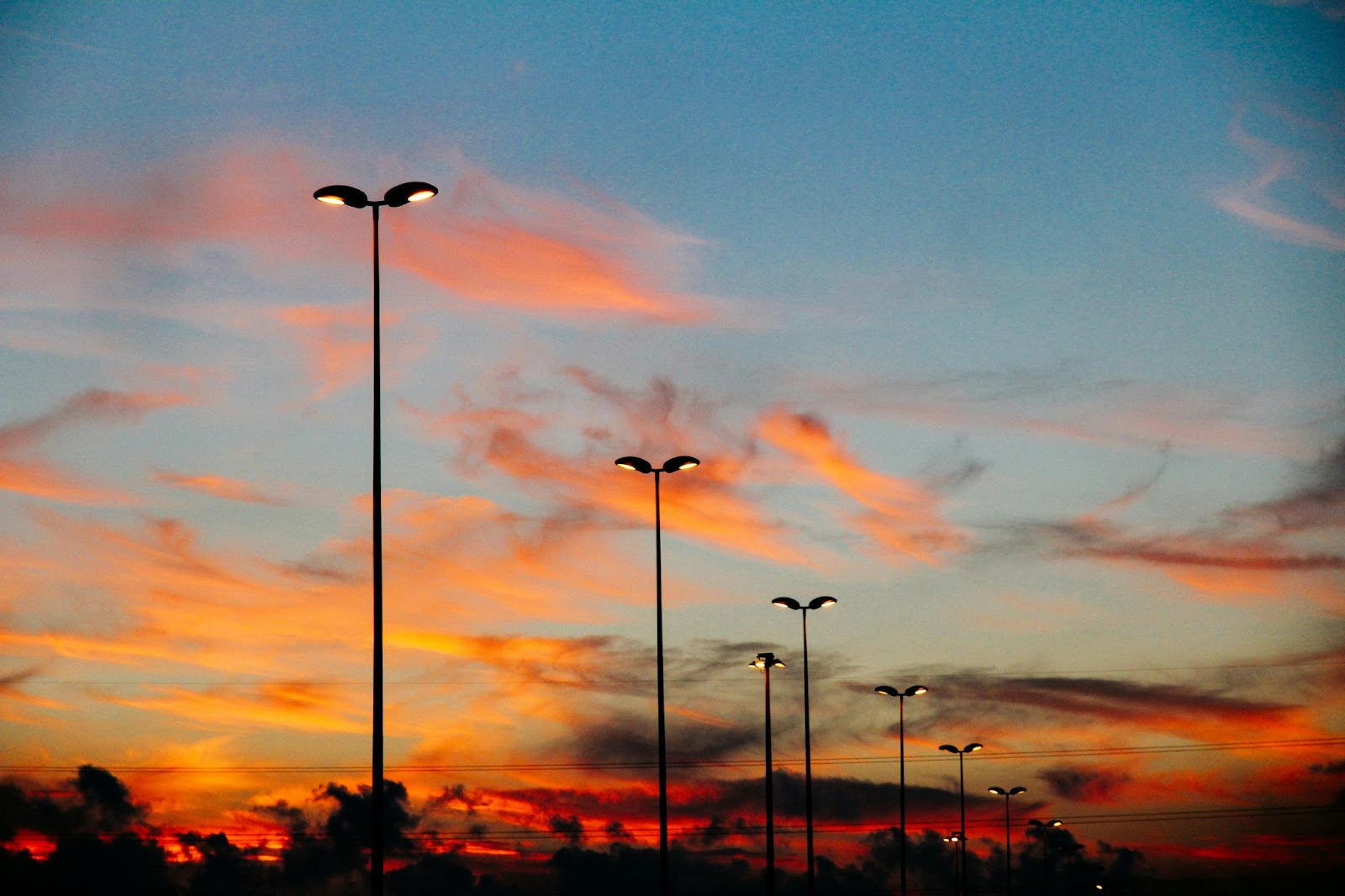Outdoor LED lighting brings unmatched efficiency and longevity to illuminate gardens, patios, walkways, and more. But these fixtures face harsh weather, moisture, and more. An optimal IP ingress protection rating is crucial for performance and safety. Let’s break down what the codes mean. Those seemingly random IP ratings for outdoor use actually offer keen insight […]
Outdoor LED lighting brings unmatched efficiency and longevity to illuminate gardens, patios, walkways, and more. But these fixtures face harsh weather, moisture, and more. An optimal IP ingress protection rating is crucial for performance and safety. Let’s break down what the codes mean.
- IP ratings have 2 digits indicating solids and liquids protection
- IP65 strikes the best balance for typical outdoor LEDs
- IP66-IP68 suit spotlights around pools, fountains, etc.
- Electrical safety matters as much as physical sealing
Those seemingly random IP ratings for outdoor use actually offer keen insight into appropriate LED fixture applications. The specific combination of particle and water resistance helps guide proper outdoor lighting designs.
Understanding IP Ratings
IP stands for “Ingress Protection,” followed by two digits indicating the level of sealing. The first digit denotes solids protection on a 0-6 scale. The second represents liquid resistance from 0-9.
The first digit rates solids protection on a 0-6 scale:
- IP0x: No protection
- IP1x: Objects >50mm
- IP2x: Objects >12mm
- IP3x: Objects >2.5mm
- IP4x: Objects >1mm
- IP5x: Dust protected
- IP6x: Totally dust tight
The second digit indicates liquid ingress on a 0-9 scale:
- IPx0: No protection
- IPx1: Vertically dripping water
- IPx2: Dripping water up to 15° tilt
- IPx3: Spraying water up to 60° angle
- IPx4: Splashing water from any direction
- IPx5: Low-pressure jets from any direction
- IPx6: Powerful jets from any direction
- IPx7: Temporary immersion
- IPx8: Continuous immersion
- IPx9: Powerful high-temp water jets
Why IP 65 protection Works Well
IP65 strikes an ideal balance of particle and moisture protection for most garden and landscape LEDs. However, the real question is, what does IP65 mean? The first “6” digit stops dust, dirt, and other debris from entering foul LEDs or drivers. The second “5” digit keeps out rainfall, sprinklers, and light wash-downs.
So IP65 waterproof rating stands up well to the elements without going overboard. Their internal components stay clean and dry. But they’re not submersible, so avoid direct burial or underwater spotlights without higher liquid protection. IP65 works well for general illumination tasks.
When to Consider IP66 or IP68
For LED spotlights designed to spotlight architectural features around pools, spas, fountains, or waterfalls, IP66 or IP68 ratings provide extra protection. The “6” for dust ingress stays the same, but the higher liquid rating ensures no leaks, even with powerful water jets or temporary submersion.
So, IP68 pool lights can withstand some amazing abuse. Just don’t actually install fixtures underwater without checking electrical safety ratings. In wet niche or dry niche installations, follow all local codes for grounding, GFCI circuits, low voltage operation, and minimum water immersion clearances. Safety first!
Conclusion
Specifying LED fixtures starts with matching IP ratings to appropriate environmental conditions. The two-digit codes specifically indicate sealing against particles and liquids. For typical outdoor security, pathway, and spotlighting needs, IP65 strikes the best balance. Where water exposure gets more extreme, IP66 or IP68 ensures wet environment integrity.
Of course, electrical safety is equally critical, especially around pools and spas. Water plus electricity demands extra diligence. Work closely with an RRRlighting specialist to select optimal IP-rated LEDs for safety, longevity, and enjoyment across any outdoor living space.





